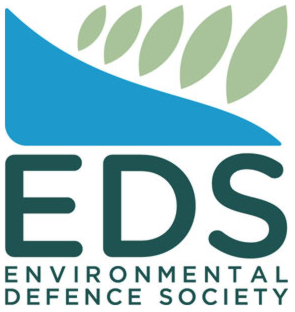A group of Hurunui residents fear a proposal to extract gravel from the Waipara River will ‘‘destroy’’ the local ecology.
Local residents have formed the Little Waipara Protection Group in response to a resource consent application from North Canterbury Quarries Ltd.
The company is seeking to extract 100,000 cubic metres of gravel from the Waipara River bed, about 2.5km to 6.5km upstream of the State Highway 1 bridge, over a five-year period.
Little Waipara Protection Group spokesperson Liz Dickson said the river is home to lizards, longfin eels, and birdlife, including black-fronted tern, banded dotterel and South Island pied oyster catchers.
‘‘It is a precious asset that they want to bulldoze to pieces.’’
North Canterbury Quarries says it was aware of environmental concerns and has commissioned a report into the potential impacts on local ecology.
Environment Canterbury (ECan) has publicly notified the consent application, with submissions closing on Monday, April 28.
Ms Dickson, whose property is on the riverbank facing the proposed site, said residents had banded together since hearing the consent had been notified.
‘‘We have been busy in small circles getting the word [out] because we really don’t want to see the quarry people wrecking the river to make money from shingle."
Local lizard species include the Waitaha gecko and Canterbury grass skinks, which are both classified as ‘‘at risk, declining’’.
Ms Dickson said people moved to the Hurunui district for the peace and quiet, but "these guys want to come in and make money and expose us to the noise and dust.’’
A report to the regional council, recommending the consent application be publicly notified, concluded the impact on the local ecology is likely to be ‘‘more than minor’’.
North Canterbury Quarries managing director Jon Thompson said the location was chosen based on a recommendation from ECan river engineers, to reduce flood risk.
He said he was aware of the environmental concerns and had commissioned ecologist Annabelle Coates, from Viridis Enviromental Consultants, to produce a report.
‘‘Annabelle did a thorough assessment at considerable cost on the potential effects on terrestrial ecology, fresh water ecology and the effects on natural character.’’
While 100,000 cubic metres ‘‘sounds like a lot’’, it was a small amount compared the amount of gravel being consumed in the region.
Mr Thompson said he recognised the residents’ concerns around the dust and the noise.
‘‘You can’t get your gravel intake without a dust consent, and you’ve got to have a policy for how you will deal with it.’’
LDR is local body journalism co-funded by RNZ and NZ On Air.



 Gordon Campbell: On The Trump Upside, And Peters Persecution Of Trans People
Gordon Campbell: On The Trump Upside, And Peters Persecution Of Trans People New Zealand Defence Force: Second World War Veterans Receive Message From King Charles
New Zealand Defence Force: Second World War Veterans Receive Message From King Charles New Zealand Government: More Than 900 Health Graduates To Receive Financial Boost Through Bonding Scheme
New Zealand Government: More Than 900 Health Graduates To Receive Financial Boost Through Bonding Scheme New Zealand Police: Stacks Of Cocaine Unpacked In Mt Wellington
New Zealand Police: Stacks Of Cocaine Unpacked In Mt Wellington Te Pāti Māori: Te Pāti Māori Make Submission To Privileges Committee In Absentia
Te Pāti Māori: Te Pāti Māori Make Submission To Privileges Committee In Absentia PSA: PSA Forces Changes To Restructure Of Data & Digital And Pacific Health
PSA: PSA Forces Changes To Restructure Of Data & Digital And Pacific Health Waitangi Treaty Grounds: Anzac Day Commemorative Evening Service At The Waitangi Treaty Grounds
Waitangi Treaty Grounds: Anzac Day Commemorative Evening Service At The Waitangi Treaty Grounds


